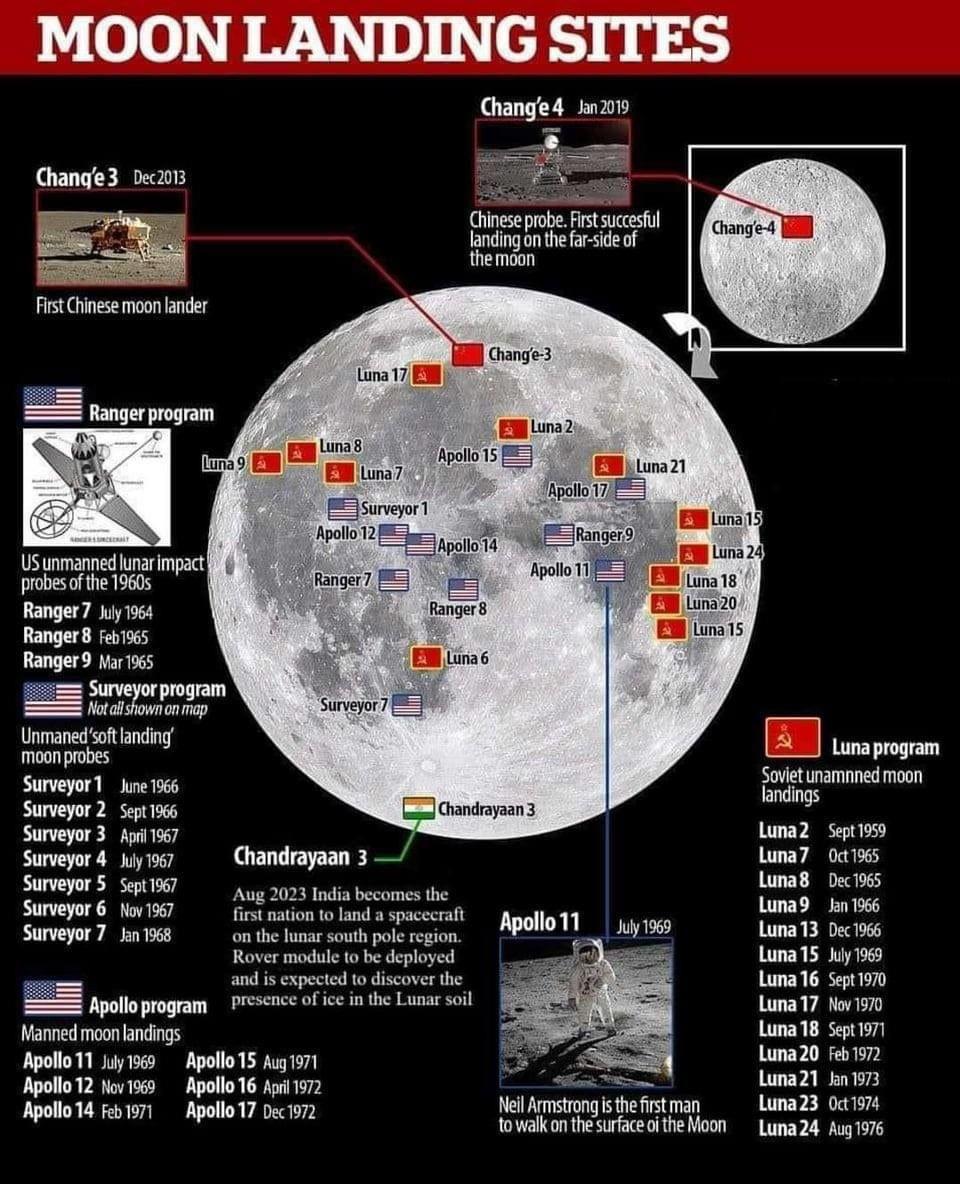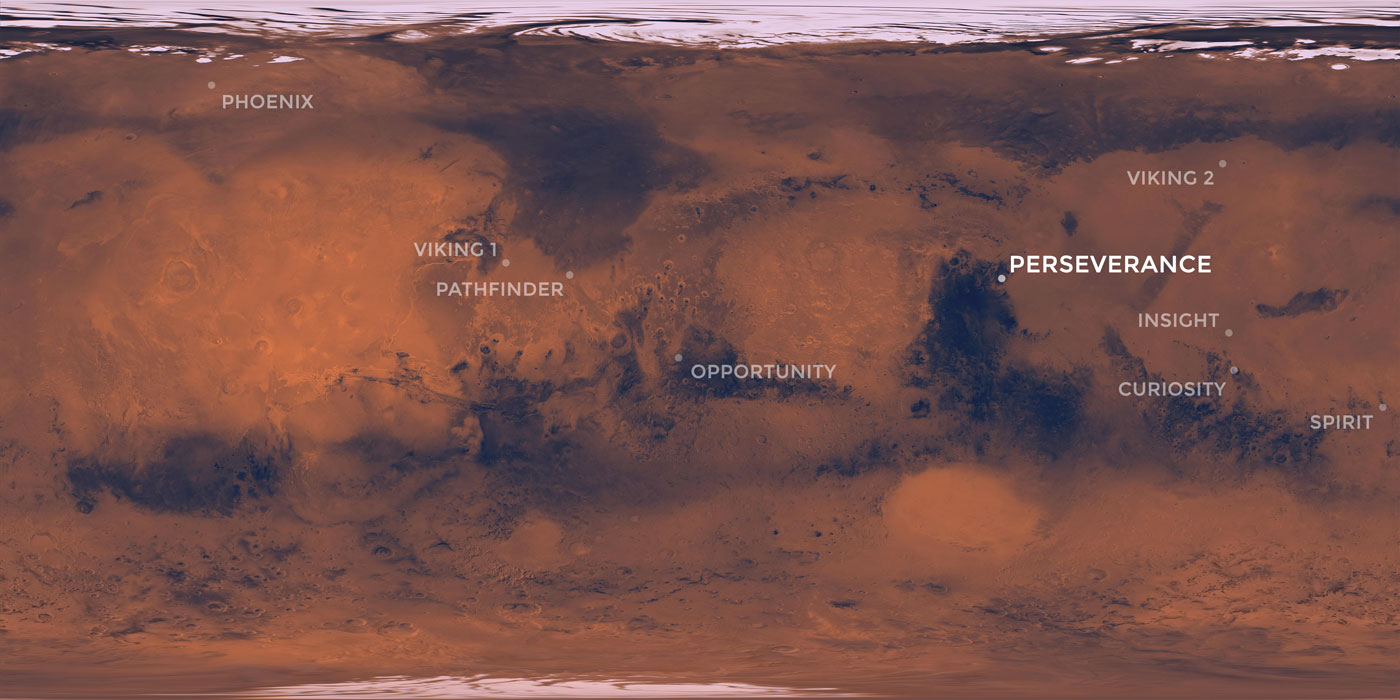Interplanetary Earth
From APOD:
In an interplanetary first, on July 19, 2013 Earth was photographed on the same day from two other worlds of the Solar System, innermost planet Mercury and ringed gas giant Saturn. Pictured on the left, Earth is the pale blue dot just below the rings of Saturn, as captured by the robotic Cassini spacecraft then orbiting the outermost gas giant. On that same day people across planet Earth snapped many of their own pictures of Saturn. On the right, the Earth-Moon system is seen against the dark background of space as captured by the sunward MESSENGER spacecraft, then in Mercury orbit. MESSENGER took its image as part of a search for small natural satellites of Mercury, moons that would be expected to be quite dim. In the MESSENGER image, the brighter Earth and Moon are both overexposed and shine brightly with reflected sunlight. Destined not to return to their home world, both Cassini and MESSENGER have since retired from their missions of Solar System exploration.
Wet Venus
A map of Venus showing what it would look like if it possessed the same amount of water as Earth.
Interesting…
I often wonder if humans didn't originate there (or Mars, for that matter), fucked up their ecosphere like we're doing now, and a few thousand (or whatever number constitutes a viable genetic diversity breeding minimum) managed to escape to Earth to start the cycle all over.
Once again I am reminded of the famous line from Battlestar Galactica: "All this has happened before and will happen again."
Science is Cool
I Am Eternally Grateful…
All 116 Images Embedded Into Voyager 1's Golden Record
55 Years Ago Today
From NASA:
One Giant Leap for Mankind
Millions of people around the globe will come together for the Paris 2024 Olympic Games later this month to witness a grand event—the culmination of years of training and preparation.
Fifty-five years ago this July, the world was watching as a different history-changing event was unfolding: the Apollo 11 mission was landing humans on the surface of another world for the first time. An estimated 650 million people watched on TV as Neil Armstrong reached the bottom of the ladder of the lunar module on July 20, 1969, and spoke the words, "That's one small step for [a] man, one giant leap for mankind."
While the quest to land astronauts on the Moon was born from the space race with the Soviet Union during the Cold War, this moment was an achievement for the whole of humanity. To mark the world-embracing nature of the Moon landing, several tokens of world peace were left on the Moon during the astronauts' moonwalk.
"We came in peace for all mankind"
These words, as well as drawings of Earth's western and eastern hemispheres, are etched on a metal plaque affixed to a leg of the Apollo 11 lunar lander. Because the base of the lander remained on the Moon after the astronauts returned, it is still there today as a permanent memorial of the historic landing.
Microscopic messages from kings, queens, and presidents
Another artifact left on the Moon by the Apollo 11 astronauts is a small silicon disc etched with goodwill messages from leaders of 74 countries around the world. Each message was reduced to be smaller than the head of a pin and micro-etched on a disc roughly 1.5 inches (3.8 cm) in diameter. Thailand's message, translated into English, reads: "The Thai people rejoice in and support this historic achievement of Earth men, as a step towards Universal peace."
Curious to read what else was inscribed on the disk? Read the messages.
An ancient symbol
The olive branch, a symbol of peace and conciliation in ancient Greek mythology, also found its way to the Moon in July 1969. This small olive branch made of gold was left on the lunar surface during Neil Armstrong and Buzz Aldrin's 2.5-hour moonwalk. The olive branch also featured on the Apollo 11 mission patches sewed on the crew's spacesuits. Designed in part by command module pilot Michael Collins, the insignia shows a bald eagle landing on the Moon holding an olive branch in its talons.
We go together
As NASA's Artemis program prepares to again land astronauts on the Moon, including the first woman and the first person of color, this time we're collaborating with commercial and international partners. Together we will make new scientific discoveries, establish the first long-term presence on the Moon, and inspire a new generation of explorers.
Is aerospace history your cup of tea? Be sure to check out more from NASA's past at www.nasa.gov/history.
Make sure to follow us on Tumblr for your regular dose of space!
In Memoriam
Every January, NASA honors those who made the ultimate sacrifice in the pursuit of space exploration.
The Day of Remembrance provides a moment to honor and remember members of the NASA family who gave their lives in the advancement of space exploration and discovery. It also serves as an opportunity to reflect on the safety culture within the organization. This includes paying tribute to the crews of Apollo 1, the space shuttles Challenger and Columbia, and other astronauts who lost their lives in the pursuit of spaceflight
Ad astra per aspera.
On January 27, 1967, a tragic incident occurred at the Cape Kennedy launch pad during a preflight test for Apollo 204 (AS-204). This mission, intended to mark the inaugural crewed flight of Apollo, was set to launch on February 21, 1967. Veteran astronaut Gus Grissom, first American spacewalker Ed White, and rookie Roger Chaffee lost their lives as a fire engulfed the command module.
From left to right: Gus Grissom, Ed White, and Roger Chaffee.
Only 73 seconds after liftoff on the morning of January 28, 1986, a booster engine malfunction led to the tragic breakup of the shuttle Challenger, claiming the lives of all seven crew members.
Back row, from left: Ellison Onizuka, Christa McAuliffe, Greg Jarvis, and Judy Resnik. Front row, from left: Michael Smith, Dick Scobee, and Ron McNair.
The crew of the STS-107 mission who perished when the space shuttle Columbia broke up during re-entry on Feb. 1, 2003.
From left to right are mission specialist David Brown, commander Rick Husband, mission specialist Laurel Clark, mission specialist Kalpana Chawla, mission specialist Michael Anderson, pilot William McCool, and Israeli payload specialist Ilan Ramon.
I Love…
Something No Human Eyes Will Ever See
The More You Know…
Map of the Galaxy
The More You Know…
Awesome
Images Of Apollo 11 And 12 Sites Shot By India's ISRO Chandrayaan 2 Orbiter
More Strangeness From the Surface of Mars
There's just something…off…about the pictures that are coming back from the Mars rovers. I can't put my finger on it. It's definitely not that they're fake—most definitely the opposite—and that's what I find the most unnerving.
If there was once advanced life on Mars, after all these billions of years, how would we even recognize what's remains of it? If man were to disappear from the face of the Earth tomorrow, nearly all remnants of his time here would be completely erased within only a few thousand years (the Hoover dam and similar structures being the exceptions). But after millions of years? There would be no trace we were ever here.
I'm not saying that Mars has life or intelligence now, but there was plenty of time when it was hospitable for it to have arisen and then been wiped out by some incomprehensible cosmic tragedy.
Our Colorful Moon
The Latest Weirdness From the Surface of Mars
It Doesn't Even Look Real
An amazing timelapse of the Earth rising over the Moon filmed by the Japanese lunar orbiter spacecraft Kaguya. Credit: JAXA/NHK
We're all so used to seeing the grainy films of the Apollo program it comes as a bit of a shock to see these new views in glorious hi-res.
The Latest from James Webb
NASA's James Webb Space Telescope's mid-infrared view of the Pillars of Creation strikes a chilling tone. Thousands of stars that exist in this region seem to disappear, since stars typically do not emit much mid-infrared light, and seemingly endless layers of gas and dust become the centerpiece. The detection of dust by Webb's Mid-Infrared Instrument (MIRI) is extremely important – dust is a major ingredient for star formation.
Credits: NASA, ESA, CSA, STScI; Joseph DePasquale (STScI), Alyssa Pagan (STScI)
Moonstruck
I'm Not Saying It Was Aliens…
The James Webb telescope turns its eye close to home by capturing its first image of Neptune, revealing the ice giant planet in a whole new light. This is the clearest view of this peculiar planet's rings in more than 30 years.
The new image, taken by Webb's Near-Infrared Camera (NIRCam), shows the crisp view of the planet's dynamic rings. The Webb images also clearly show Neptune's fainter dust bands.
Methane gas found inside Neptune is so strongly absorbing that the planet is quite dark at Webb wavelengths (0.6 to 5 microns) except where high-altitude clouds are present. Such clouds are prominent as bright streaks and spots, which reflect sunlight.
Webb also captured seven of Neptune's 14 known moons. Dominating this Webb portrait of Neptune is a very bright point of light sporting the signature diffraction spikes seen in many of Webb's images; it's not a star, but Neptune's most unusual moon, Triton.
Triton reflects an ~70 percent of the sunlight that hits it and orbits Neptune in a backwards orbit, leading astronomers to believe this moon was a Kuiper Belt object that was captured by Neptune. Additional Webb studies of Triton and Neptune are planned this year.
[Source]
26 Seconds on Mars (With Sound!)
Science!
Take a good look: this is the black hole at the center of our galaxy.
In the inset image, gas in the glowing orange ring surrounds the black hole's event horizon, a boundary from which nothing can escape. The ring is created by light bending in the intense gravity around Sagittarius A*, which has a mass some four million times greater than our Sun. This groundbreaking image of Sagittarius A* was taken by the Event Horizon Telescope team with data from telescopes around the world. After the EHT's iconic image of M87*, released in 2019, this is only the second time a supermassive black hole has been directly observed with its shadow.
The wider look at the space around Sagittarius A* includes data contributed by several NASA missions. The orange specks and purple tendrils were captured in infrared light by the Hubble Space Telescope, and the blue clouds represent data from our orbiting Chandra X-ray Observatory.
Fall in to the whole story: https://www.nasa.gov/mission_pages/chandra/images/sagittarius-a-nasa-telescopes-support-event-horizon-telescope-in-studying-milky-ways.html
[Source]
Sometime During the Last Fifty Years..
I Had This…
Shadows at the Moon's South Pole
This is a multi-temporal illumination map made of the moon's South Pole with a wide-angle camera. To create it, the Lunar Reconnaissance Orbiter spacecraft collected 1,700 images over a period of 6 lunar days (6 Earth months), repeatedly covering an area centered on the Moon's south pole from different angles. The resulting images were stacked to produce the featured map—representing the percentage of time each spot on the surface was illuminated by the Sun. Remaining convincingly in shadow, the floor of the 19-kilometer diameter Shackleton crater is seen near the map's center. The lunar south pole itself is at about 9 o'clock on the crater's rim. Crater floors near the lunar south and north poles can remain in permanent shadow, while mountain tops can remain in nearly continuous sunlight. Useful for future outposts, the shadowed craterfloors could offer reservoirs of water-ice, while the sunlit mountain tops offer good locations to collect solar power.

























































